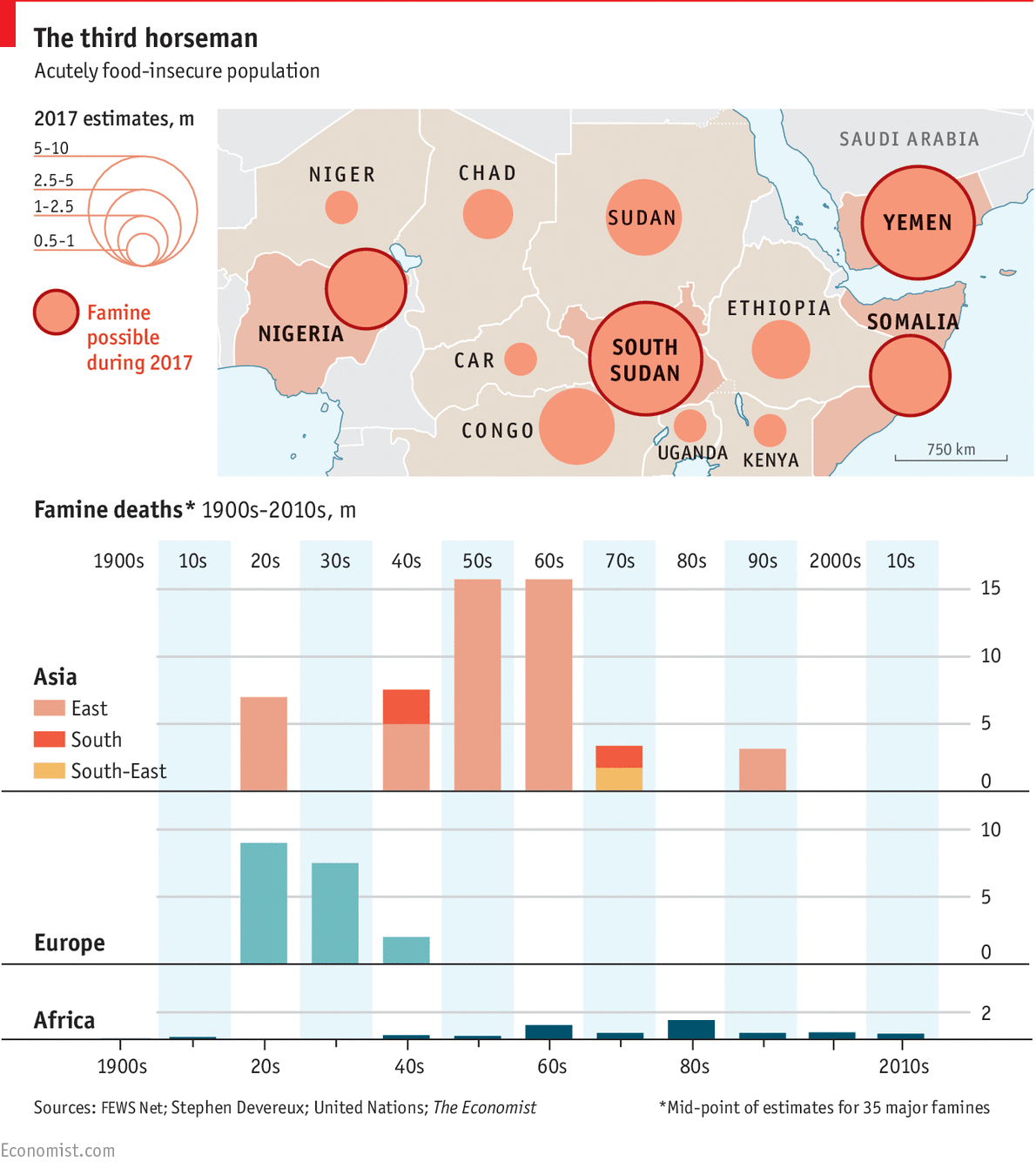
“Immigration is one of the most controversial policy issues in the US and Europe today,” write the authors of a new economics paper.
The debate mostly focuses on the short-run effects of immigration: Do immigrants take jobs away from natives? Do immigrants increase pressure on public goods? Do immigrants increase crime and reduce social capital? Many researchers have attempted to address these questions by providing empirical evidence on the short-run, immediate effects of immigration (e.g. Kerr and Kerr 2016, Peri 2012, Peri and Sparber 2009, Card 2009, 2012). While understanding the short run is important, policymakers should also consider the long-run consequences if the welfare of our children and grandchildren are to matter. And yet, we know very little about the long-run impact of immigration.
In order to study this long-run impact, the researchers
examine migration into the US during America’s Age of Mass Migration (from 1850–1920) and estimate the causal effect of immigrants on economic and social outcomes approximately 100 years later (Nunn et al. 2017). This period of immigration is notable for many reasons. First, this was the period in US history with the highest levels of immigration. Second, the immigrants that arrived during this time were different from previous waves of immigrants. While earlier immigrants were primarily from western Europe, the new wave also included large numbers of immigrants from southern, northern, and eastern Europe who spoke different languages and had different religious practices (Hatton and Williamson 2005: 51, Daniels 2002: 121–137, Abramitzky and Boustan 2015).
In order to measure the effects, the authors developed “an instrumental variable (IV) strategy that exploits two facts about immigration during this period. The first is that after arriving into the US, immigrants tended to use the newly constructed railway to travel inland to their eventual place of residence (Faulkner 1960, Foerster 1969). Therefore, a county’s connection to the railway network affected the number of immigrants that settled in the county. The second fact is that the aggregate inflow of immigrants coming to the US during this period fluctuated greatly from decade to decade.”
Their findings?
We find that higher historical immigration (from 1860–1920) resulted in significantly higher incomes, less poverty, less unemployment, more urbanisation, and higher educational attainment today. The estimates, in addition to being statistically significant, are also economically meaningful. For example, according to the estimates for per capita income, moving a county with no historical immigration (i.e. during 1860–1920) to the 50th percentile of the sample (which is 0.049) results in a 20% increase in average per capita income today.
We also try to shed light on the mechanisms. We find that immigration resulted in an immediate increase in industrialisation. Immigrants contributed to the establishment of more manufacturing facilities and to the development of larger facilities. We also found that immigrants contributed to increased agricultural productivity in the medium-run and to increased innovation, as measured by patenting rates of both immigrants and the native-born. These findings are consistent with a long-standing narrative in the historical literature suggesting that immigrants benefitted the economy by providing an ample supply of unskilled labour, which was crucial for early industrialisation. A smaller number of immigrants brought with them knowledge, skills, and know-how that were beneficial for industry and increased productivity in agriculture. Thus, by providing a sizeable workforce and a (smaller) number of skilled workers, immigration led to early industrial development and long-run prosperity, which continues to persist until today.














